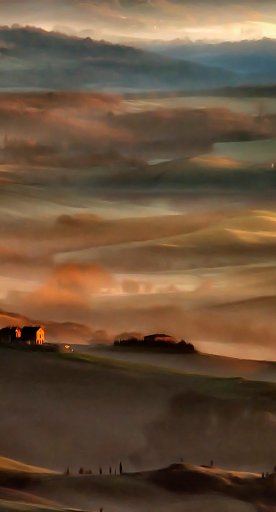Bosco Isabella
A garden full of secrets
Bosco Isabella is a romantic and esoteric garden, skirting a part of the road that runs along the walls to the south of the village and extending for about 2.5 hectares.
It was built on arable soil over a period extending from the end of the nineteenth century to the Second World War. Behind its construction were the Luchini family, and three people in particular: Odoardo Luchini (1844-1906), a Kingdom senator and a soldier for the Garibaldi troops during the third war of independence; his wife Isabella Andreucci (1842-1924), from whom the garden takes its name; and their only daughter Matilde Luchini (1871-1948), a painter of the Macchiaioli school. Odoardo was very passionate about the English gardens that he saw in his travels through Anglo-Saxon countries.
He wanted to create a garden in harmony with preexisting nature, free from the intrusive human touch. Paths and pools were created, along with walls and flat bridges made of stones collected on the spot. The remains of an ancient building with polygonal walls were also uncovered in 1902 and brought to the forefront—the structure was believed to be a house of worship dating from the Etruscan period or perhaps even earlier. Also uncovered were the remains of a Sienese fort (destroyed by the Medici in the siege of 1555) overlooking the Via Francigena.
Among the various types of trees in the Bosco Isabella are sequoias, cedars, pines, cypresses, chestnut trees and wild cherry trees.


In the centre of the garden there’s a triangular pyramid made of stones and a square that was also used as a tennis court. The Luchinis adhered to freemasonry and recreated in the garden a sort of introductory-esoteric path, as it was an outdoor Masonic temple. So, some things that seem to be there by nature were actually planned by human hands. Some examples include the position of some trees in groups of three (a symbolic number), or the jar before the square that recalls the basin used for ablutions in the temple of Solomon. Also worth noting are the large rocks placed at the beginning of the path leading to the pyramid, representing the two columns of the Boaz and Jachin temple of Solomon; the circular hedge representing the all-seeing eye; and most importantly the triangular pyramid, all symbols of Freemasonry.






